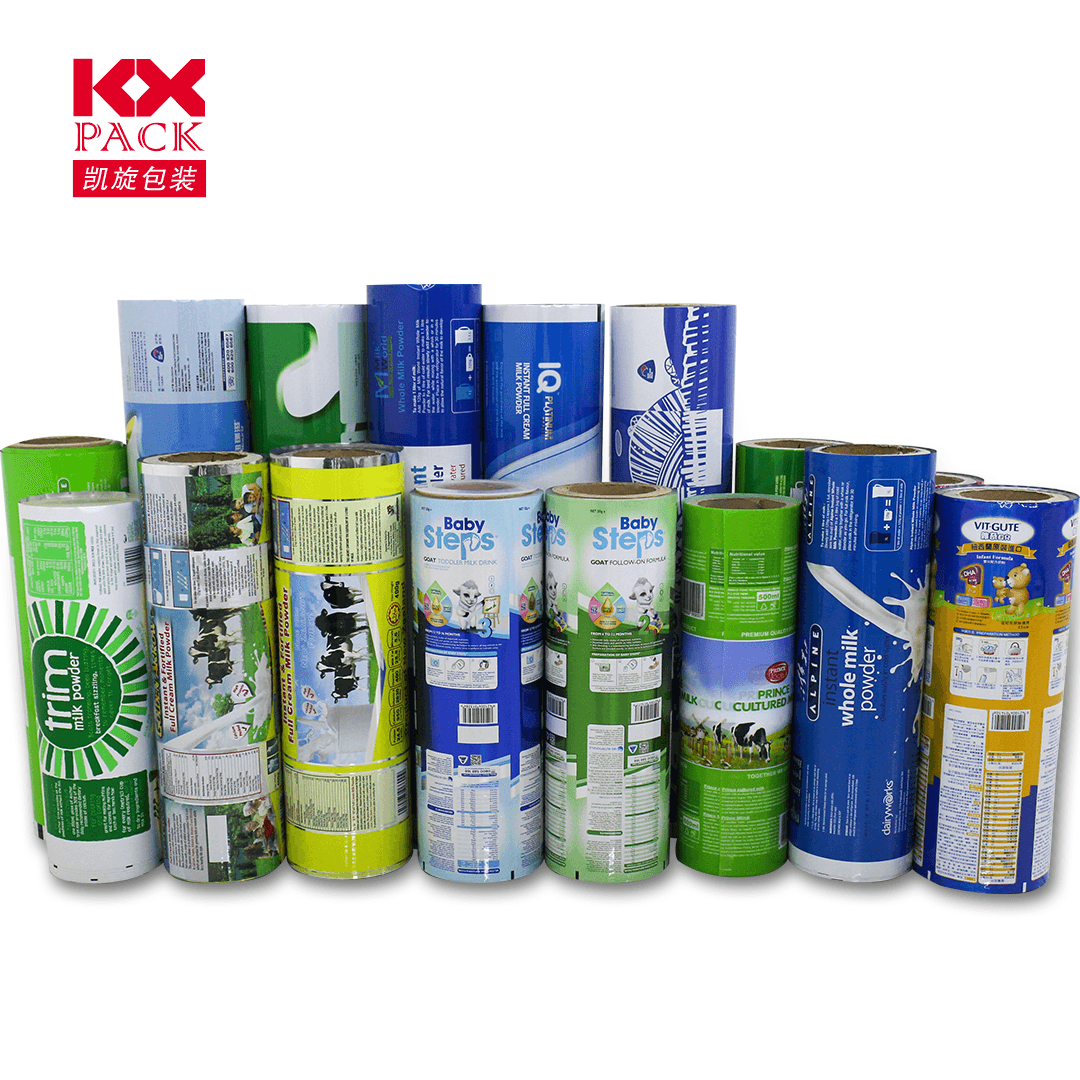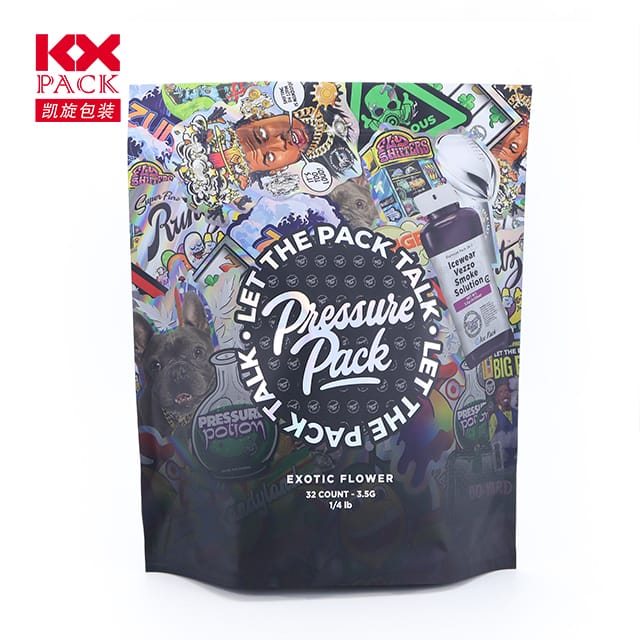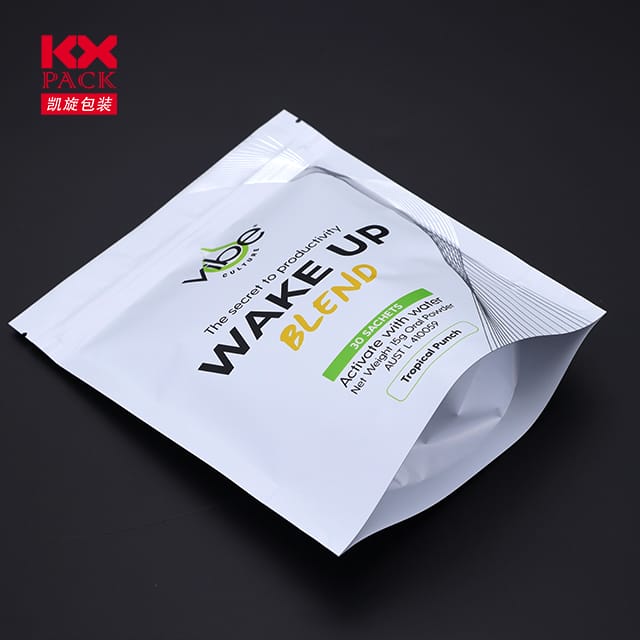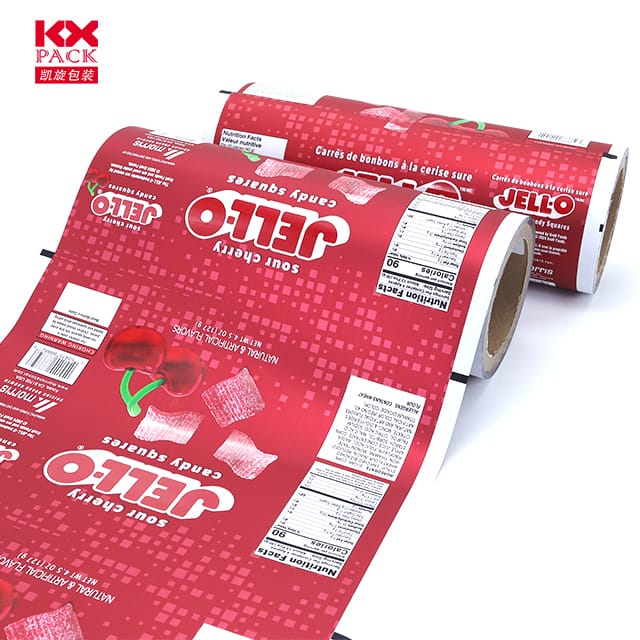Film për paketimin e qumështit: Risi, Qëndrueshmëria, dhe e ardhmja e mbrojtjes së qumështit
Film për paketimin e qumështit
In the world of dairy products, Filmi për paketimin e qumështit mund të duket si një përbërës i përulur, Por ajo luan një rol kryesor në sigurimin e freskisë, sigurinë, dhe komoditeti për konsumatorët. Nga oxhaku klasik i kartonit të qumështit deri tek filmat moderne me pengesa të larta, Përparimet në teknologjinë e paketimit po transformojnë se si ruhet qumështi, të transportuara, dhe i gëzuar. Let’s explore the evolution of milk packaging film, its environmental impact, and the innovations driving its future.
Evolucioni i filmit të paketimit të qumështit
The history of milk packaging is a story of innovation driven by the need to preserve quality and extend shelf life. Early milk containers, such as glass bottles, were heavy and prone to breakage. The introduction of paper cartons in the mid-20th century marked a significant leap forward, offering a lightweight and recyclable alternative. Megjithatë, these cartons relied on internal liners—often made of polyethylene or aluminum-based films—to prevent leakage and protect against oxygen and light, which can degrade milk quality.
Modern milk packaging films have evolved to meet stringent demands for safety, qëndrueshmëri, dhe qëndrueshmëria. High-barrier films, për shembull, combine multiple layers of materials like polyethylene, alkool etilen vinyl (Evok), and polyester to create a robust shield against moisture, oksigjen, and UV light. These films ensure that milk stays fresh for longer periods, reducing waste and enhancing consumer convenience.
Key Features of Advanced Milk Packaging Films
- Karakteristikat e pengesave: The primary function of milk packaging film is to protect the product from external elements. High-barrier films excel at blocking oxygen, which can cause oxidation and spoilage, and UV light, which can degrade vitamins and flavor. Some films even incorporate active components like oxygen scavengers to further extend shelf life.
- Flexibility and Durability: Milk packaging must withstand the rigors of transportation and handling. Films need to be flexible enough to conform to different packaging shapes (P.sh., pouches, cartons, bottles) while remaining puncture-resistant and tear-proof.
- Printability and Aesthetics: Beyond functionality, packaging film also serves as a marketing tool. High-quality printing capabilities allow brands to showcase their logos, informacione ushqyese, and engaging designs, enhancing product appeal on store shelves.
- Qëndrueshmëria: With growing environmental concerns, sustainability has become a top priority. Many milk packaging films now incorporate recycled materials, polimere të biodegradueshme, or compostable alternatives to reduce their ecological footprint.
Environmental Impact and Sustainable Solutions
The dairy industry’s reliance on plastic packaging has long been a point of contention. Traditional milk packaging films, often made from non-renewable fossil fuels, contribute to plastic pollution and landfill waste. Megjithatë, the industry is making strides toward more sustainable solutions:
- Bio-Based Films: Companies are exploring films derived from renewable resources like corn starch, variacion sheqeri, or algae. These bio-based polymers offer similar performance to conventional plastics but with a lower carbon footprint.
- Recyclable and Compostable Options: Innovations in film design are enabling easier recycling and composting. Për shembull, some films are now compatible with existing recycling streams, while others break down naturally in industrial composting facilities.
- I lehtë: Reducing the thickness of packaging film without compromising performance can significantly cut material use and transportation emissions. Many manufacturers are adopting lightweighting strategies to minimize waste.
Innovations Shaping the Future
The future of milk packaging film is bright, with several exciting innovations on the horizon:
- Paketim i zgjuar: Imagine milk cartons that change color to indicate freshness or incorporate QR codes linking to traceability information. Smart packaging technologies, such as time-temperature indicators and NFC chips, could revolutionize how consumers interact with dairy products.
- Filma ushqimor: Researchers are developing edible coatings made from natural ingredients like proteins or polysaccharides. These films could serve as an additional layer of protection while being safe to consume, eliminating packaging waste entirely.
- Nanoteknologji: Nanoscale additives could enhance film properties, such as gas barrier performance or antimicrobial activity, without adding bulk. This technology holds promise for creating ultra-thin, high-performance packaging.
- Modele të ekonomisë rrethore: Brands are increasingly adopting circular economy principles, designing packaging for reuse, refill, or easy recycling. Initiatives like deposit-return schemes and closed-loop recycling systems could further reduce the environmental impact of milk packaging.
The Role of Consumers and Regulations
While technology drives innovation, consumer demand and regulatory frameworks also play crucial roles. Shoppers are increasingly voting with their wallets, supporting brands that prioritize sustainability. Governments, ndërkohë, are implementing stricter regulations on single-use plastics and incentivizing eco-friendly packaging solutions.
Për shembull, the European Union’s Single-Use Plastics Directive aims to reduce plastic waste by banning certain items and promoting reusable alternatives. Similar initiatives are emerging globally, pushing the dairy industry to accelerate its transition to sustainable packaging.
konkluzioni
Milk packaging film is more than just a wrapper—it’s a critical component in the dairy supply chain, Balancimi i funksionalitetit, sigurinë, dhe qëndrueshmëria. From high-barrier films that extend shelf life to bio-based alternatives that reduce environmental impact, the evolution of milk packaging reflects broader trends in innovation and responsibility.
Si konsumatorë, we can support these efforts by choosing brands committed to sustainable packaging and advocating for systemic change. As an industry, the dairy sector must continue investing in research and development to create packaging solutions that protect both our milk and our planet. The future of milk packaging film is not just about sealing in freshness—it’s about sealing in a commitment to a greener, more sustainable world.







